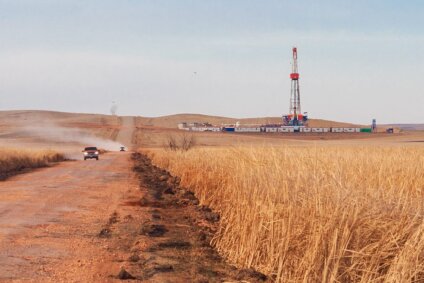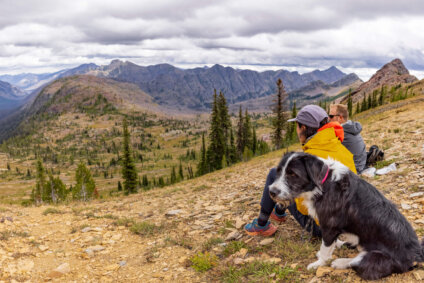Native Prairie Worth Conserving
A retired land manager calls for balance on seven million acres of native Montana prairie
Montana is famous for its mountain vistas, but those of us in eastern Montana understand the understated beauty of our prairie lands as well. Driving by at highway speed, it’s easy to forget just how biologically rich, rare and irreplaceable the sagebrush-short grass prairie is in North America. In fact, prairies are one of the most threatened biological communities land in the world.
I hope the Bureau of Land Management and the U.S. Fish and Wildlife Service keep that perspective in mind as they rewrite management plans covering over 7 million acres of public prairie lands scattered across the Big Sky of eastern Montana. For those of us who hunt or just enjoy viewing wildlife, these public lands are vitally important.
Just how important is evident during hunting season, when the pickup trucks, camper trailers and kennels full of bird dogs show up at our local gas stations and motels. Folks come from all over the country to enjoy upland birds, pronghorn and mule deer.
As a biologist, I understand that game animals and birds are only one of the many ways people benefit from healthy prairies. And once our remaining native prairies are plowed under or otherwise fundamentally changed, it’s virtually impossible to restore them to their natural condition.
The American Great Plains has become the breadbasket of the world, producing wheat, corn and soybeans, depending on local conditions. Those crops are important, but the side affect is that by some estimates, more than 95 percent of North America’s native prairies have been “turned upside down” and plowed for cultivation, leaving only a tiny portion of prairie lands to be managed for other uses and values. Native prairies may be reduced even further as recent changes in farm policies have returned incentives for farmers to bust sod, once again.
Here in Montana, many prairie areas only receive 12 inches or less of rain. Topsoil is thin. Native prairie here is generally poorly suited for cultivation. But it produces benefits in many other ways. Healthy, intact grassland help prevent both wind and water erosion. Those plants keep the dirt where we want it, and out of our eyes and waterways. Although not entirely immune from infestations of exotic species, healthy prairies can also provide natural buffers against the spread of weeds.
Those game species — pronghorn, sage grouse and the like — are just the tip of the iceberg when it comes to wildlife that depend on grasslands. Prairie wildlife like swift fox, curlew and scores of other types of birds make our lives richer. Well-managed grazing is certainly compatible, and many times absolutely necessary, in maintaining healthy native prairies. Public lands support many of our local ranch families and provide food and fiber for people around the world.
History tells us that when change comes to the northern prairie, it comes fast. The bison were removed in a generation. The homesteading era covered just a few decades, and then went bust even faster. Perhaps the biggest change looming on the horizon of eastern Montana is potential oil and gas development. That development brings welcome jobs and income to many Montana communities. But we would be wise to think to the future and not sacrifice the long-term health of our land and our state to the allure of boom-and-bust profits.
We Montanans have the advantage of learning from some of the energy booms that have taken place in Wyoming, North Dakota and Alberta.
Headlines have largely missed the fact that there were more than 1000 industrial spills on the oilfields of North Dakota in 2010. Few pictures make the news of what high-density oil wells look like across what used to be prime hunting terrain in Wyoming.
Some people might just write that off as progress. I don’t think most Montanans do, either. We can develop our natural resources while still maintaining our best prairie ecosystems.
One of the smartest things we can do is identify those rare patches of our most healthy, most productive public lands and keep them as they are. We can use them for sustainable purposes such as managed grazing and hunting, while safeguarding them from bulldozers, high density drilling rigs and other heavy industry.
Lonesome, lands like Antelope Creek, Burnt Lodge, Square Creek, Beauchamp Creek, or Frenchman Breaks may not be famous, but they are part-and-parcel of life in Montana, every bit as much as part of our natural heritage as the peaks of Glacier Park or our blue-ribbon trout streams. Those of us who have lived here for decades understand their value and appreciate their special beauty.
Bill Berg is the retired Deputy Project Leader of the Charles M. Russell National Wildlife Refuge. He lives in Lewistown.
Stay Connected
"(Required)" indicates required fields


